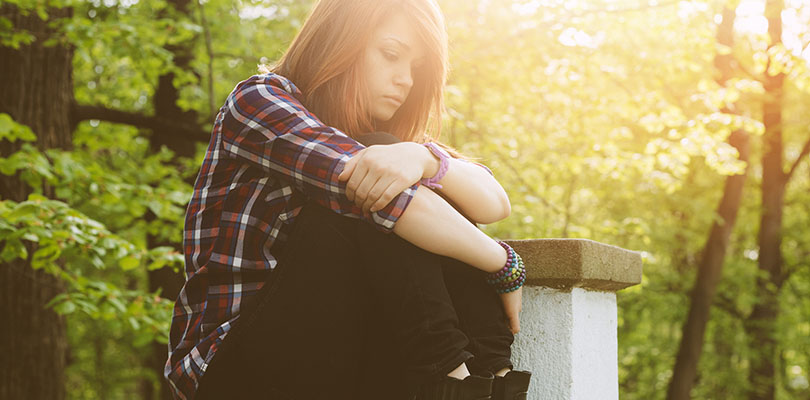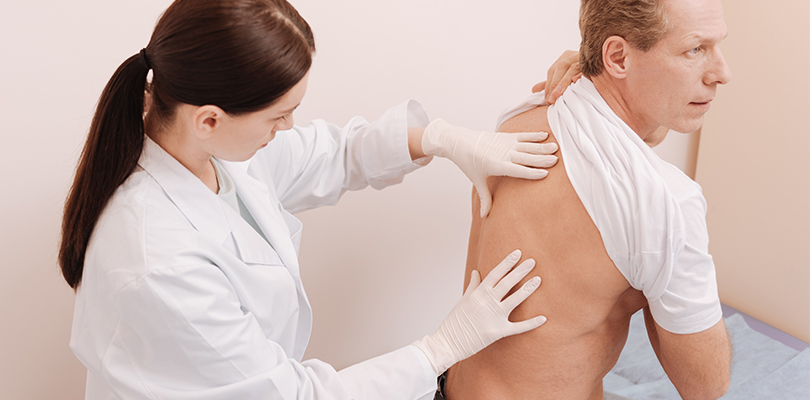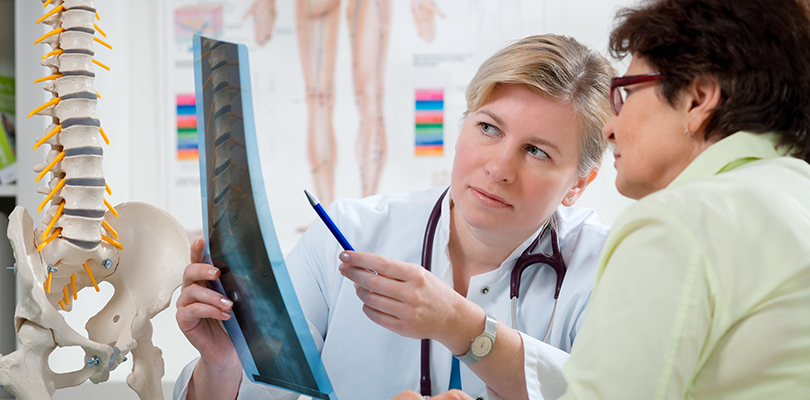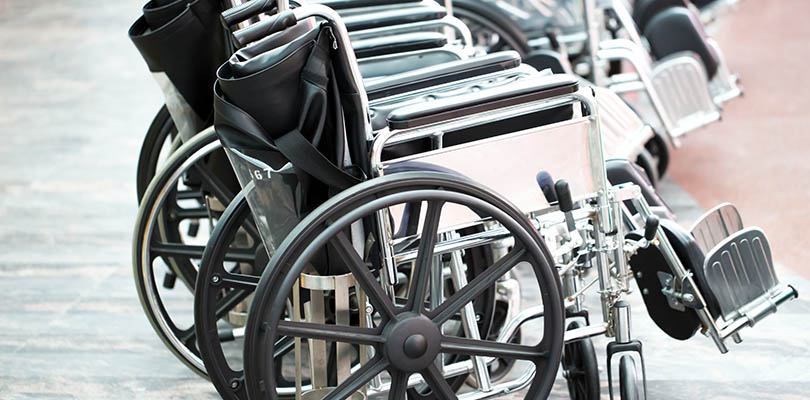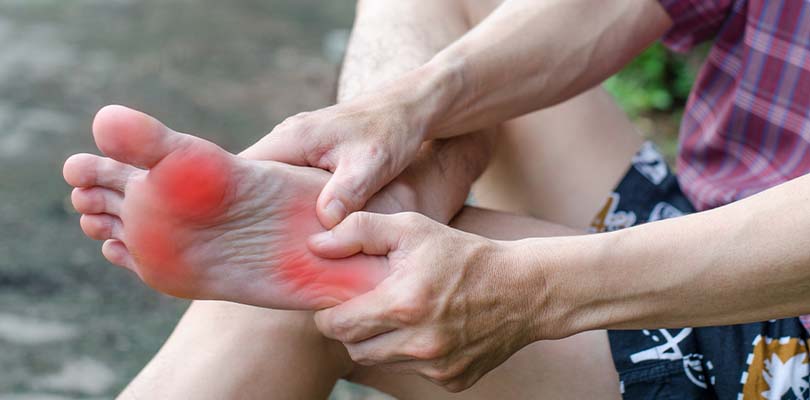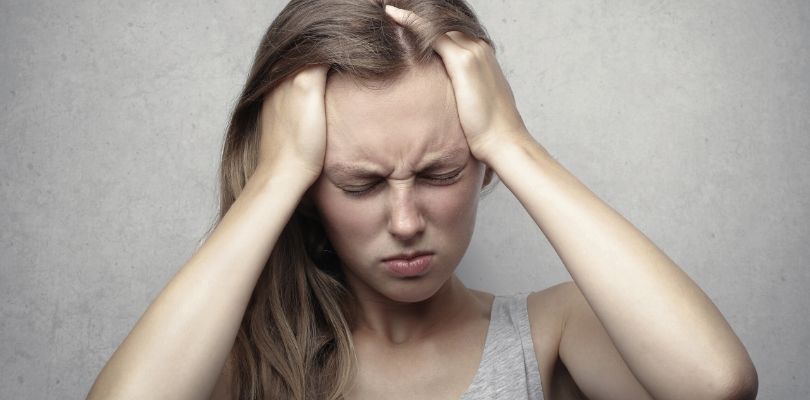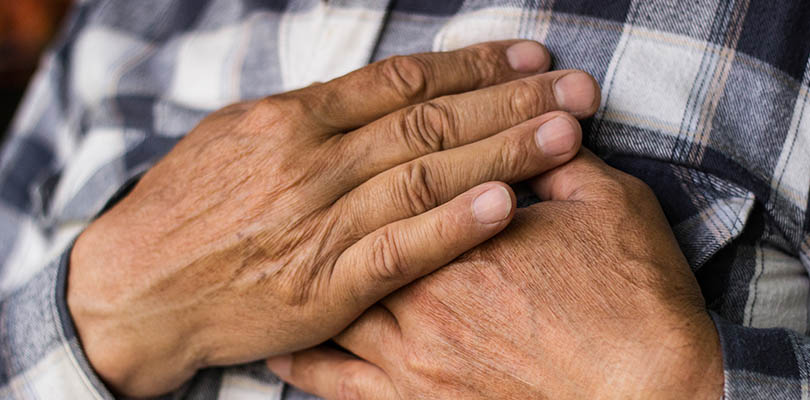5 Common Types of Depression
Mental health is a critical aspect of your overall health. Depression impacts millions of people around the world, and it can take on many signs and symptoms that people may not readily understand.
In order to shed light on depression and how to better help individuals who suffer from it, here are a few of the most common forms of depression that people may experience.
Major Depression
Major depression is when an individual is diagnosed by their doctor based on exhibiting at least five of the signs of major depression for at least two weeks. The symptoms of major depression include:
- Loss of interest in activities, hobbies, or experiences that you once enjoyed
- Difficulty falling asleep or staying asleep
- Weight fluctuations
- Exhaustion and lower energy
- Feelings of worthlessness or hopelessness
- Difficulty concentrating
- Inability to make decisions
- Thoughts of suicide
While a person may exhibit any of the above symptoms, to be classified as major depression, one of the signs must be a loss of interest and depressed mood. A doctor will conduct a full evaluation to determine if this is an accurate diagnosis of the patient.
Seasonal Affective Disorder
Seasonal affective disorder is a recurring form of depression that usually strikes in the fall or winter months. The condition is marked by a change in energy level, mood, and interest in activities.
Generally, seasonal affective disorder is diagnosed after monitoring the condition for at least two years. While anybody can suffer from this type of depression, it tends to be hereditary.
While it’s not entirely understood why some individuals suffer from seasonal affective disorder, some research indicates it may be connected to low levels of Vitamin D, excessive melatonin, and an imbalance of serotonin.
Bipolar Depression
Bipolar depression is defined as a condition in which individuals experience extreme emotions from elation to hopelessness in a short period of time.
To be diagnosed with bipolar depression, an individual must showcase signs of mania. Mania consists of erratic behavior that can present itself in many ways such as:
- Unsafe sex practices
- Excessive risk-taking
- Outrageous behavior
- Extreme spending
Mania can often be identified as any behavior that is outside the norm of the individual. This can vary considerably from person-to-person.
This disorder can impact men and women but usually occurs in young adulthood. Women tend to showcase more depressive symptoms while men tend to be more manic.
Psychotic Depression
Individuals who are diagnosed with psychotic depression have symptoms of major depression coupled with psychotic symptoms. Common psychotic symptoms include:
- Hallucinations
- Paranoia
- Delusions
Keep in mind; an individual must exhibit at least one of the above symptoms combined with at least five symptoms associated with major depression to be diagnosed with this particular type of depression.
Spinal muscular atrophy symptoms appear in many different forms and range in severity for everyone. Here are some common indications someone may have SMA.
Situational Depression
While this is not a term coined in psychology, there are circumstances in which a person is depressed based on specific factors in their life.
Especially stressful situations such as a divorce, job loss, or death in the family can cause a person to experience temporary signs of severe depression.
Postpartum Depression
Postpartum depression involves the depression that is brought on by the birth of a child. Both women and men can suffer from postpartum depression, although it is more common in women.
For men, postpartum depression occurs due to the environmental changes that happen with a newborn in the home. Things such as disrupted sleep, inability to maintain a regular schedule and a shift in focus and attention to the baby can all contribute to environmental postpartum depression.
Women may also experience environmental postpartum depression, but this type of mental illness is typically brought on by the hormonal changes that a mother experiences after giving birth.
Where Does Treatment of Depression Start?
Fortunately, there are a variety of treatment options available to individuals who suffer from depression. Common treatment options include:
- Medications: There are a wide variety of drugs including antidepressants, Selective Serotonin Reuptake Inhibitor (SSRI), and antipsychotic medication that can curb the symptoms of depression.
- Therapy: Behavioral, cognitive, and psychotherapy may be used to help people learn coping strategies to manage the symptoms associated with depression.
- Medical Procedure: In some instances, electroconvulsive therapy may be utilized to send electric shocks through the brain to readjust chemical levels of the brain.
- Hospitalization: For more severe cases, admission may be necessary to keep depressed patients safe from self-inflicted harm.
Treatment options vary and are based on the diagnosis and input of mental health professional. If you suspect that you are suffering from a form of depression, reach out your doctor to learn more about your options.
